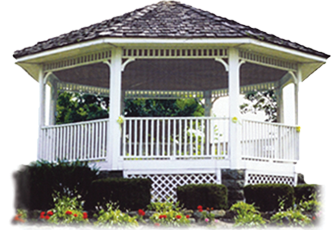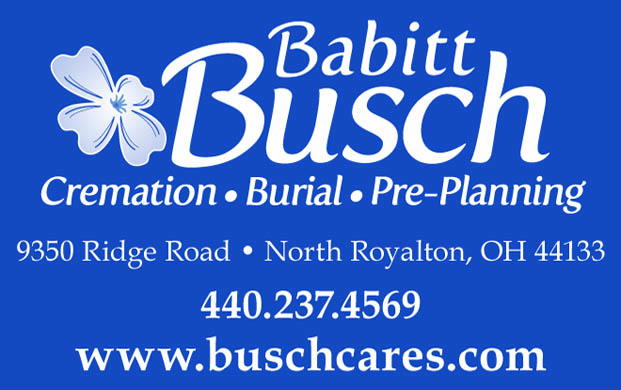On August 4, a house fire on Edgerton Road was reported at about 4 a.m. According to Fire Chief Bob Chegan, “a little after 4 a.m. a passerby saw the fire and called the Fire Department. They then went to knock on the door and were able to get the residents and their pets out safely. The smoke alarms were going off when we got there.”
Mutual aid was given by the Strongsville, Brunswick, Hinckley and Parma fire departments. Edgerton was closed between State Road and Waterbridge Drive as crews arrived on the scene.
“The guys worked pretty hard on this one,” said Chegan. “When crews arrived, the fire was going through the roof.” He said that due to the construction of the house, which was built in the 1940s, there were some areas in the attic space that caused the fire to spread and made it difficult for firefighters to get to. “We had to do a lot of overhaul and extension work to get into those small spaces,” said Chegan.
The fire is thought to have started in the back portion roof of the house’s attic. They are currently looking at some electric issues as the cause. “There was extensive damage, but I hope that it was not totaled. We try our best to save lives and property. This isn’t just a house, this is someone’s home.” The fire was contained and the area of Edgerton was then opened back up at about 7:10 a.m.
Chegan noted that the two most important things that residents can do is installing and maintaining smoke alarms on each floor of the residence and having an evacuation plan. Make sure that the alarm is always activated and change the battery regularly. “The smoke alarms will give you early notification. Teaching your children about fire and having a safety plan, the combination is very important.” According to the Federal Emergency Management Agency (FEMA), “One of the best ways to protect yourself and your family is to have a working smoke alarm that can sound fast for both a fire that has flames, and a smoky fire that has fumes without flames. . . A working smoke alarm greatly reduces your chances of dying in a fire. Preparation is key. Prepare an escape route and practice the route with your family. When preparing the route, plan for at least two different ways out and practice both.”
It has been recommended that residents create a home escape plan by drawing your home floor plan, labeling all rooms and identifying doors and windows. Plan for two escape routes for each room, providing alternatives for young children and those with a disability. Agree on a meeting place where everyone will go after they have escaped. Consider buying a UL approved collapsible ladder for second story homes. Practice your plan with everyone by sounding the smoke alarm and practice crawling low beneath the smoke. Remember to check doors for heat, if it is hot, do not open it. Close doors as you leave. Get out first, then call 911 for help. Practice the plan at least twice a year. Teach children to stop, drop and roll if clothes catch fire.
For those living in a condominium or apartment building, know all primary and secondary exits, use stairs only and learn and practice the building’s evacuation plan.
By GLORIA PLEVA KACIK
Contributing Writer














